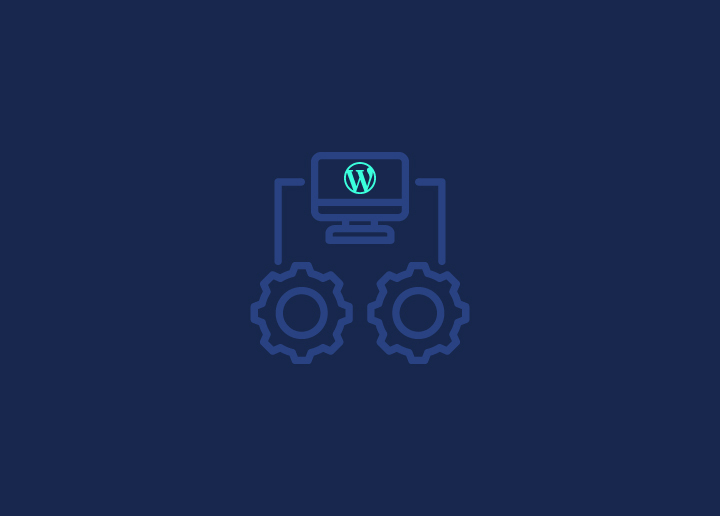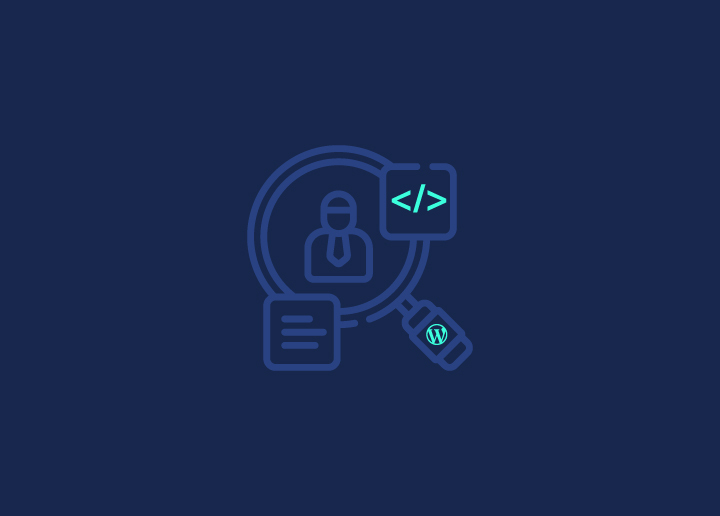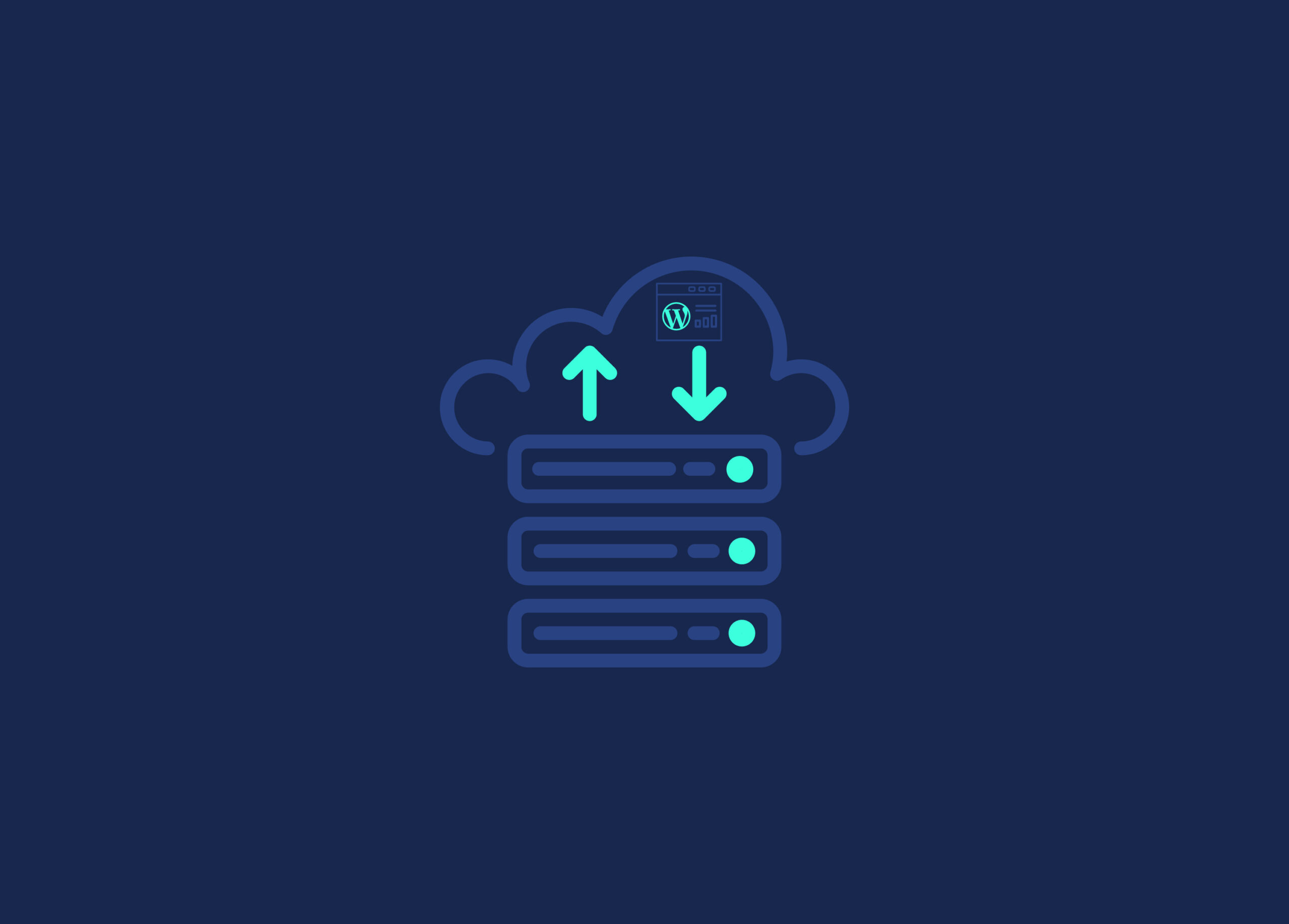The relentless evolution of web technologies and design trends can pose challenges for site owners striving to stay current. This can even make maintaining WordPress websites‘ relevance and adaptability a daunting task. In such a scenario, a modular web design seems to be the ideal solution as it involves a strategic approach to designing future-proof WordPress sites.
Modular design involves breaking down a website into independent, interchangeable modules, allowing for seamless updates and adaptations. This proactive methodology empowers site owners to effortlessly incorporate emerging features and design trends, fostering longevity and resilience in the face of ever-changing digital landscapes.
In this blog post, we’ll look into the key principles and benefits of modular web design, checking out its potential in crafting robust and future-proof WordPress websites.
Contents
ToggleModular Web Design and Its Benefits
Modular web design is a methodology centered on breaking down a website into discrete, self-contained modules or components. At its core, it relies on principles that emphasize reusability, flexibility, and scalability. These modules, which can range from individual UI elements to entire sections, are designed to function independently yet seamlessly integrate into the site’s overall structure.
By breaking a website into modular components, the design becomes inherently flexible. Each module can be developed and updated independently, streamlining the maintenance process and enabling quick adaptations to emerging design trends or technological advancements. This approach enhances scalability, allowing the site to grow organically by adding or modifying modules as needed without compromising the entire system’s integrity.
The benefits of modular web design extend beyond flexibility and scalability. Maintenance becomes more straightforward, as issues can be isolated to specific modules rather than affecting the entire site. This modularity also facilitates the integration of new features and functionalities, promoting a future-proof framework that can readily embrace evolving technologies. In essence, modular web design empowers WordPress site owners with an agile and adaptable foundation for a sustainable digital presence.
Implementing Modular Web Design in WordPress
To embrace modular web design in WordPress, start by selecting a theme or framework that aligns with modular principles. Opt for themes designed with modularity in mind or frameworks that allow for easy integration of modular components. Customization options should extend beyond aesthetics, enabling granular control over individual modules.
Popular choices include themes like Divi and frameworks like Underscores, which provide a clean slate for modular development.
Utilizing Page Builders and Modular Plugins
Page builders are instrumental in implementing modular web design on WordPress. These tools empower users to create and manage modular components through intuitive drag-and-drop interfaces. Elementor, Beaver Builder, and SeedProd are noteworthy examples. Additionally, WordPress plugins, such as Advanced Custom Fields (ACF) or Pods, enhance WordPress’s native capabilities by allowing users to define custom modular content types.
Popular WordPress Plugins and Tools for Modular Web Design
Several plugins and tools enhance WordPress’s modular capabilities. Advanced Custom Fields, as mentioned, is versatile for creating custom fields and modular content. Pods, on the other hand, enable the creation of custom post types and taxonomies, enhancing content modularity.
Further, tools like SiteOrigin’s CSS Editor facilitate granular styling control for individual modules, contributing to a cohesive modular design approach. These plugins and tools collectively empower WordPress users to seamlessly implement and manage modular web design.
Read: Web Designers And Web Developers: The Difference
Advantages of Future-proofing WordPress Sites With Modular Design
The enduring benefits of modular web design for WordPress sites extend into the long term. By fostering a flexible and scalable architecture, site owners position themselves to address evolving digital landscapes efficiently. This adaptability becomes a strategic asset, ensuring the website’s relevance and functionality for years to come.
Seamless Updates and Modifications
One of the primary advantages of modular design is its ability to facilitate updates and modifications with minimal disruption. Since the website is composed of independent modules, changes to one component can be made without affecting the entire site. This streamlines the update process, reducing downtime and potential errors, and enhances the overall agility of the WordPress site.
Adapting to Changing Trends and Technologies
Modular web design empowers WordPress sites to stay at the forefront of changing design trends, user preferences, and technological advancements. As the digital landscape evolves, site owners can easily swap out or update individual modules to incorporate new features or align with the latest design paradigms. This adaptability ensures that the website remains appealing and functional in the face of shifting industry standards.
Enhanced User Experience and Improved Performance
The user experience is significantly enhanced through modular web design. With the ability to fine-tune individual modules, site owners can optimize user interfaces, ensuring a seamless and engaging experience.
Additionally, the streamlined nature of modular design often results in improved site performance. Faster loading times and efficient resource utilization contribute to a positive user experience, reinforcing the website’s competitiveness in an ever-demanding online landscape.
Read: Website Speed Optimization Tips For Better User Experience
Final Thoughts
Adopting modular web design emerges as a pivotal strategy for future-proofing WordPress sites in an ever-evolving digital landscape. By embracing this methodology, website owners gain a host of benefits, from seamless updates and adaptability to an enhanced user experience and improved overall performance.
The modular approach, characterized by its flexibility and scalability, empowers WordPress users to easily navigate the dynamic challenges of the online realm. As technology and design trends advance, modular web design stands as a resilient foundation, ensuring that WordPress sites remain current and consistently ahead of the curve.




